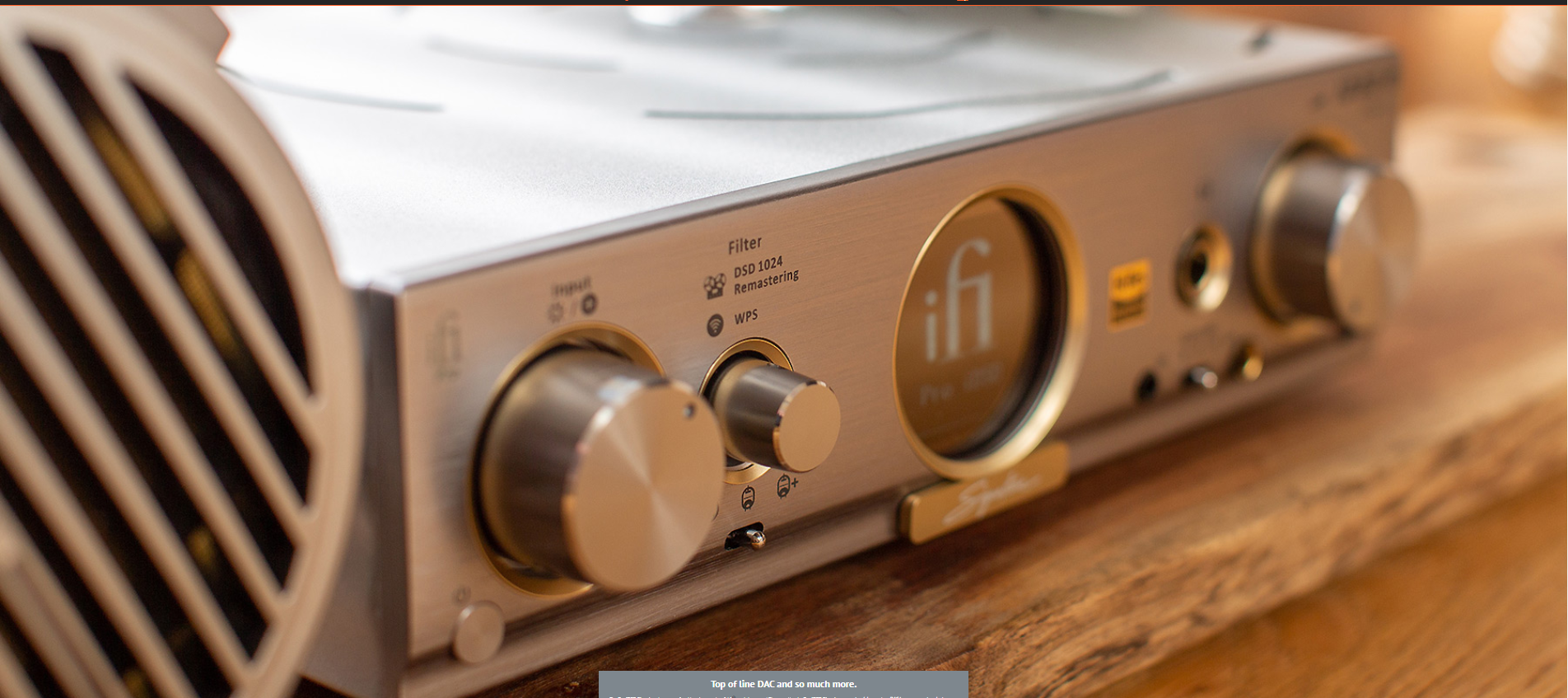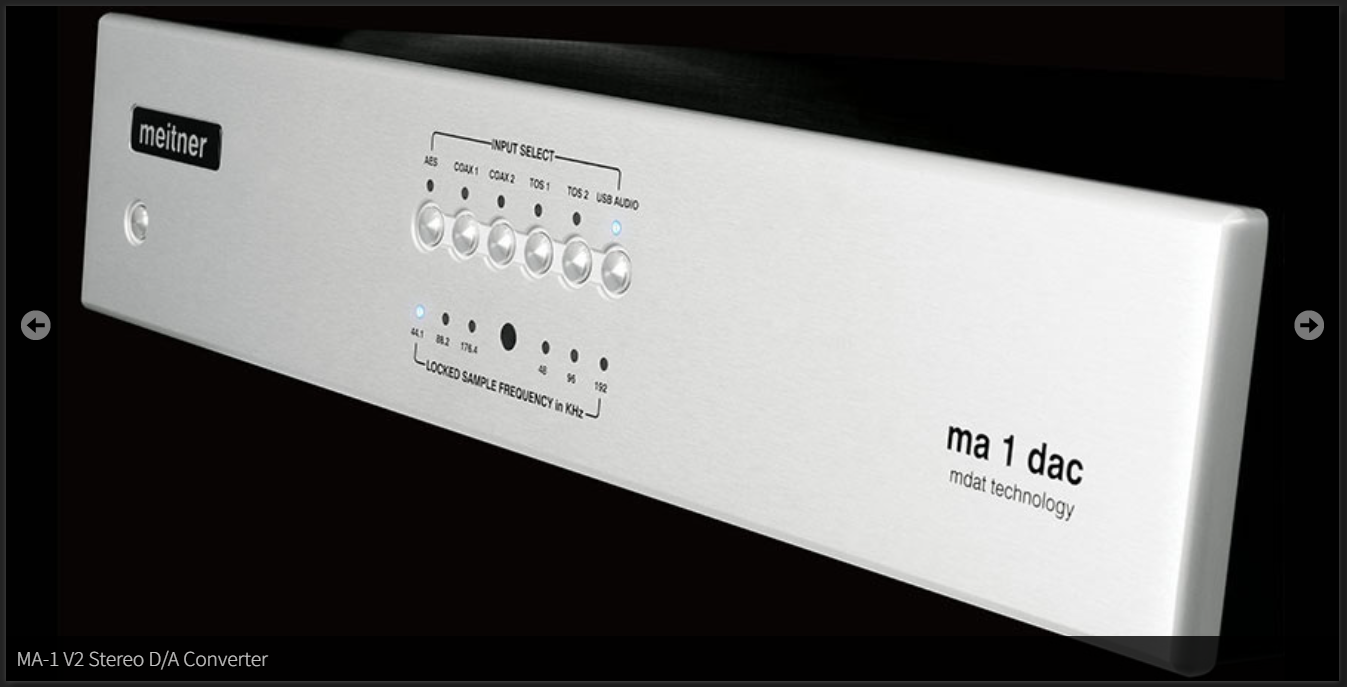Good Vibes in HiFi; Living with the exaSound e62 DAC.
How do you reproduce music which soothes a savage breast, softens rocks and bends oak? May I suggest, in high fidelity. In this feature we will tackle digital HiFi music reproduction with the exaSound e62 digital-to-analog converter (DAC) and ask, is this right for you?
A DAC is used to sample, process, and convert a digital waveform of ones-and-zeros-and-ones into analog voltages which are amplified to create goosebump-making music. Except for turntables, everything nowadays has a built-in DAC; so why do you need a separate standalone one and what makes the e62 special?
Within the umbrella of high-fidelity audio, the exaSound e62 moves into high-end territory; think EMM Labs, Audio Research, Focal, Wilson, MBL, Avantgarde and many more! All these brands have gear priced within the range of performance automobiles. Do you need a US$ 2799 e62 DAC? Yes, that’s 3500 Canadian bucks for simply a DAC. Here’s an automotive analogy: could a Hyundai Genesis compete to a level of Porsche, Bentley or maybe Rolls Royce?
High End Audio Shout out to 3mA Audio
Let’s break it down:
1. Are separates right for you?
2. What is the e62 doing?
3. What else could you buy? (comparable)
Consideration No.1: Integrated or Separate?
Is it better to have separate audio components for each stereo function, like the e62 DAC, or to have all those integrated into one chassis? Integrals are the Swiss army knife of audio. It was hard for me to step out of my comfort zone of integrated components because one may think:
· One box would do a better job.
· One box doesn’t need a nest of interconnect or power cables.
· One box takes less space.
· One box has built-in synergy
· One box costs less.
Here is one box to rule all integrated boxes; the PASS LABS INT-250 which will break and confirm a few of those ideas.
Pass Labs INT-250
Perhaps the best reason to buy separate audio components is the journey. It may be hard to spend 2k, 10k or 50k on a system or component! You might be willing to spend $500 on a stereo component which suits your system now, such as an iFi Zen DAC, and later be willing-and-able to spend 2, 5 or even 10x more on the same functional component. Case sample, my audio friend HiFi Turtle informed me that he ought to try a separate DAC, not fully buying into the hype of what “a DAC” could do. Turtle had the opportunity to test drive (at home) the dCS Bartok DAC, a $16,000 standalone stereo component! Check out his YouTube review here. It doesn’t surprise me that he heard the value of it (*1). The DCS Bartok might be a Rolls Royce of DACs, but the exaSound is a world class DAC. You can spend 10x more money, but the $2799 e62 puts you in the playing field of high-end audio. The exaSound is a lifetime component, you shouldn’t need to upgrade unless you feel like trying the Meitner MA1 or 3, the iFi IDSD Pro, or Chord products. The problem with separates is you can always change; that is not a problem unless it is.
*1: Was it purely the DAC which got Turtle’s attention or was it also the gain stage of the dCS Bartok? Sometimes there are too many variables within audiophilia.
Separates have potential to shine, but also not to perform well with other separate components; synergy is real. If you want to avoid this risk, maybe integrated components are for you.
Consideration No.2: What is the e62 doing?
I (sincerely) welcome feedback. My friends have more knowledge than I; you may too.
Digital audio has many nuances which were unknown during the ‘90s advent of compact disks. Popular opinion was that digital ones-and-zeros were perfect and nothing could impact digital sound. We were wrong! Follow the Guru Hans Beekhuyzen at The HB Project to learn how digital can go wrong. A digital signal is a waveform (a pulse waveform) and is susceptible to time, shape and amplitude error. Errors cause distortion and loss of fidelity. Coupled with quality cables and power supply, the e62 is cleverly designed to eliminate or minimize errors. Unlike an analog resistor-to-resistor (R2R) DAC, the e62 uses a microprocessor tuned for high resolution music. John Darko says forget about the chip brand, it’s all in execution. Is upsampling better? The e62 does not upsample like the Chord Electronics M Scaler, it accepts high resolution data. The e62 excels with DSD audio format and plays DSD512 (22.56 MHz). Paul McGowan Octave Records and DSD Studios says DSD is far superior to PCM, do you agree? I use Roon software to catalog, choose and discover music; up sample files and stream to the e62. I also use a network switch to improve audio quality.
Why did I buy the exaSound E62 DAC?
It would be crazily-amazing if I said I purchased, listened to and compared 10 high fidelity DACs to conclude the e62 was the all-around best at price point. The wife-acceptance-factor (WAF) is very low on that proposal, so I relied on my audio friends’ experience that the exaSound is a great performing DAC which competes with units 10x the price. The e62 has an industry reputation to complement this judgement. My friends have been fine tuning their digital audio systems for decades throughout digital evolution, why wouldn’t I choose what they use?
The e62 could be the Hyundai Genesis of DACs with many features at the level of Porsche, Bentley and Rolls Royce. Yes and I should buy a Genesis too, but I prefer to invest in Audio. You should buy an e62, but please also invest in a quality preamplifier; this is of equal importance, 100%.
Consideration No.3: What else could you buy?
This is the fun part of my job, daydreaming about what could sound beautiful. Many reviewers do not give buying advice for very good reasons; audio has many flavors and preferences. I’d wager good choices.







